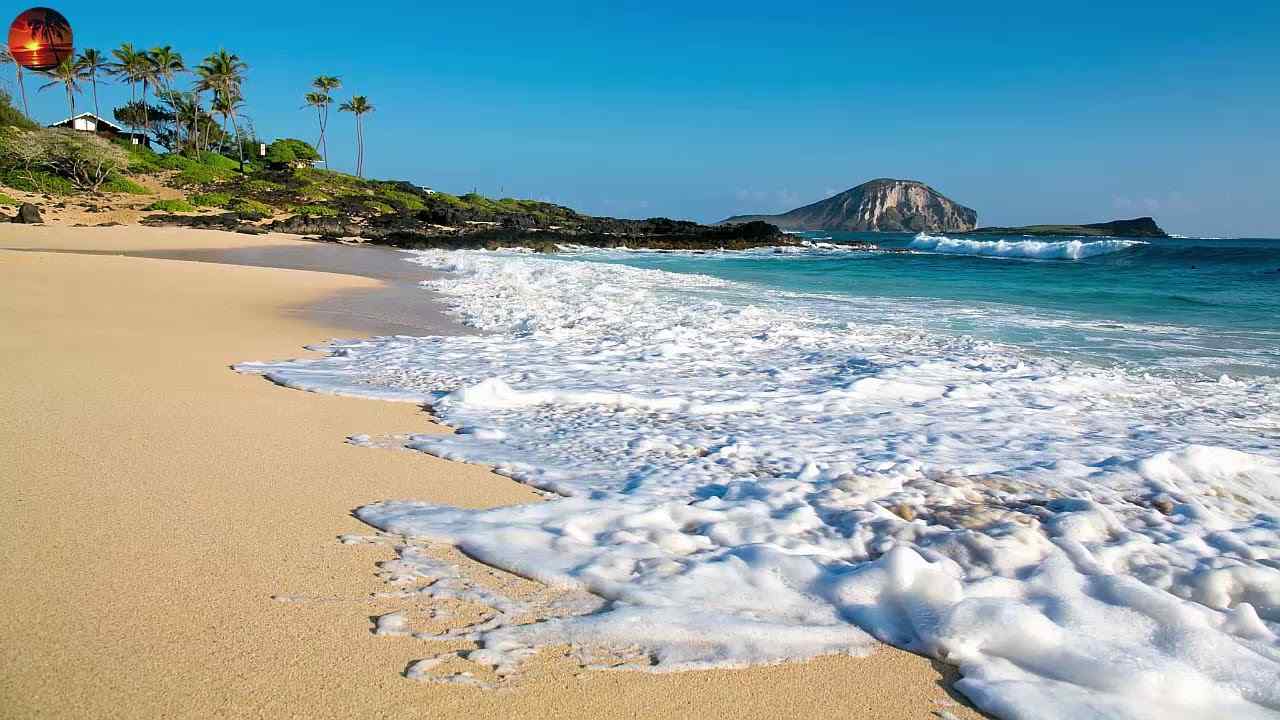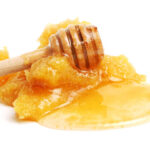Beach sand holds more than simply scenic beauty. Its texture, shade, and sound vary throughout the globe. Surprisingly, beach sand produces wonderful sounds depending on its composition and conditions. From the crunch of dry sand to the melodic “singing” sands, those auditory phenomena make every beach precise.
This article dives into why beach sand produces special sounds, the technological know-how behind it, and a way to enjoy it for yourself.
The Science of Beach Sand
Beach sand paperwork from the erosion of rocks, corals, and shells through the years. Waves and climate constantly reshape it, growing grains of varying length, form, and texture. These characteristics, combined with environmental factors, determine the sounds beach sand produces when walked on.
Why Does Beach Sand Make Sounds?
Sand produces sounds primarily based on its grain composition and outside factors like moisture, pressure, and temperature. These factors impact how sand grains move and interact.
Grain Shape and Size
Smaller grains tend to slip past each other smoothly, developing gentle, muffled sounds. Larger, angular grains resist motion, resulting in crunchier or squeakier sounds.
Moisture Content
Dry sand lets in the free movement of grains, creating a functional crunch. Wet sand, held together by using floor anxiety, often mutes sounds. However, as it compresses underneath strain, water trapped among grains may additionally create squelching noises.
Environmental Influences
Humidity, wind, and temperature also play a position. Singing sands, for instance, require low humidity to supply their harmonic tones.
Singing Sands: Nature’s Acoustic Marvel
Certain seashores are known for their “making a song” or “squeaking” sands. These sands emit a melodic hum or squeal whilst walking on. The phenomenon results from sand grains vibrating together below precise situations.
What Causes Singing Sand?
The unique sound arises due to:
Uniform Grain Shape and Size
Singing sand grains are regularly rounded and of similar size, allowing friction to create vibrations.
Low Humidity
Dry sand is essential for sounds to form. Moisture dampens vibrations.
Pressure Application
Walking or shuffling creates the desired friction to produce the sound.
Famous Singing Sand Beaches
If you want to enjoy the magic of making song sand, visit the sort of super beaches:
Singing Beach, Massachusetts, USA
Located in Manchester-by-the-Sea, this seaside produces distinct squeaks while walking on. It’s one of the most well-known locations for singing sands.
Whistling Sands, Wales
Known regionally as Porthor, this beach in North Wales delights site visitors with its whistling sounds.
Polihale Beach, Hawaii, USA
The tender, white sands of Polihale emit mild song tones underfoot, adding to Hawaii’s natural appeal.
Barking Sands, Kauai, Hawaii
Named for the “barking” noises produced by way of its sand, this seaside offers a rare auditory experience.
Singing Sands of the Gobi Desert, China and Mongolia
Beyond coastal seashores, the Gobi Desert’s dunes also produce song sand consequences, proving this phenomenon isn’t extraordinary to seashores.
How to Experience Different Sand Sounds
You don’t have to travel some distance to experience the various sounds of beach sand. Here’s the way to explore its acoustic wonders:
Walk on Dry Sand
Dry sand is free, permitting grains to rub collectively freely. Shuffle or drag your feet to make the crunching or squeaking sounds.
Explore Wet Sand
Walk close to the shoreline where the sand is damp but not waterlogged. Notice the squelching sounds created by compressed water.
Visit Known Singing Sand Beaches
Plan journeys to beaches well-known for his or her unique acoustics. Experiment with strolling, shuffling, or sliding to create special sounds.
Time Your Visit
Singing sands perform first-class in dry, low-humidity situations. Morning or evening walks on a sunny day increase your chances of hearing them.
Environmental Factors Influencing Beach Sand Sounds
The environment shapes the soundscape of seaside sand. Understanding these impacts deepens our appreciation for those natural wonders.
Weather
Wind and waves continuously shift and type sand grains, affecting their texture and acoustics.
Coastal Erosion
Rock and coral erosion make contributions to sand composition. The type of rock affects the sand’s texture and sound.
Human Activity
Overcrowding and sand mining can disrupt the natural balance, altering the sound properties of beach sand.
The Importance of Protecting Beaches
Beaches are sensitive ecosystems. Protecting them guarantees that their natural splendor and specific traits, such as their sounds, stay intact for future generations. Avoid littering, follow neighborhood suggestions, and assist conservation efforts.
Fun Facts
Singing sands can produce sounds achieving as much as 105 decibels, similar to a rock concert.
The color of the sand (white, black, crimson, etc) doesn’t impact its sound but reflects its composition.
Some wasteland dunes, like the ones inside the Gobi, additionally produce “making a song” sounds, proving sand sounds occur past beaches.
Exploring Beach Sand as an Acoustic Adventure
Next time you go to a beach, pay attention to the sounds below your feet. Whether it’s the crunch of dry sand, the squelch of damp sand, or the melody of making a song sand, every sound tells a story of nature’s intricate procedures.
By understanding and appreciating these phenomena, we connect more deeply with the natural world.
FAQs
1. Why does a little sand squeak while walking on?
Squeaking occurs while uniform, dry sand grains rub collectively, producing vibrations.
2. Can all seaside sand sing?
No, the handiest beaches with particular grain composition and situations produce singing sands.
3. What causes moist sand to squelch?
Squelching occurs when water trapped among grains is forced out below stress.
4. Are singing sands commonplace?
Singing sands are uncommon and discovered on select beaches worldwide.
5. How can I make the seaside sand sound louder?
Walking slowly, shuffling, or dragging your toes on dry sand can extend its sounds.
Conclusion
Beach sand is more than a lovely backdrop—it’s an auditory wonder ready to be explored. From the familiar crunch underfoot to the rare harmonies of singing sand, the sounds of beach sand mirror its various characteristics.
These precise acoustics, formed via grain composition, environmental elements, and moisture stages, make each beach experience memorable. By exploring those sounds and retaining our seashores, we ensure destiny generations can revel in this natural marvel.
So, next time you walk on beach sand, concentrate intently—you may simply listen to nature’s melody under your toes












